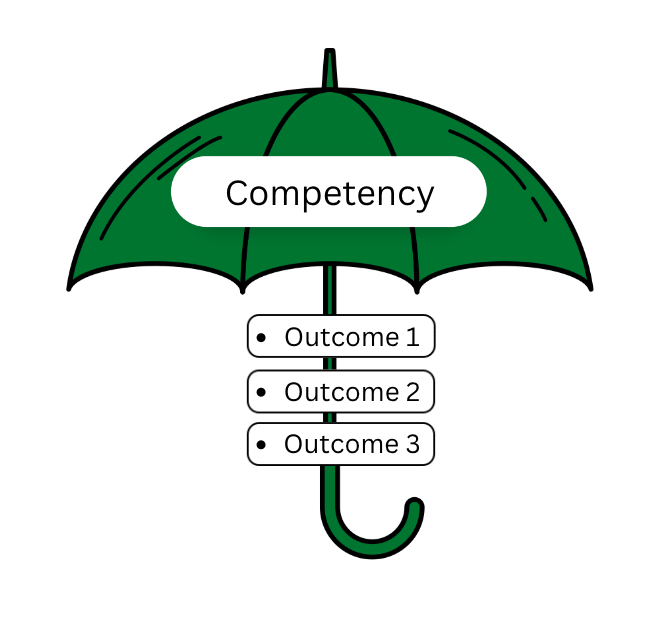Why Do We Acknowledge Treaty 6 & Metis?
A session on this topic will be held during the Fall Fortnight on Monday August 29, 2016 from 9:30 – 9:55. Register here.
Many of you may have noticed that across the campus that there has been an increase in number of people who are acknowledging “that we are on Treaty 6 Territory and the Homeland of the Métis. We pay our respect to the First Nations and Métis ancestors of this place and reaffirm our relationship with one another”. One year ago the University of Saskatchewan’s academic governing body, the University Council, agreed to use specific language to acknowledge that the University was built on Indigenous peoples’ land. This official acknowledgement was developed for use at important meetings and gatherings on campus.
Since starting in my position I have been asked numerous times why are we doing this? What does it mean?
I have been working with Indigenous communities for a long time and most of the meetings that I have attended start with some type of acknowledgement of the land and place. My understanding of why we do this is that it shows respect for the land and the people who have lived on it. So much of what we, Indigenous people, know about the world and ourselves is based on the places we have lived for forever. Our land is sacred in that it is an important part of who we are and who we have always been. When we acknowledge the land and territory we are in, we are taking a purposeful moment to respect our history, culture, and knowledge that exist because of the land.
But it is more than just about the land that we belong to, it is also about the treaties we signed. The oral stories describing the treaty process provide our account of the agreement to share our land and resources, but not to absolute surrender of the land. We knew the value of our land with intimate detail, so we would never have given it away. Would you? However, the treaties were negotiated and signed in legal English and reinforced afterwards to support Canadian prerogatives rather than the spirit of the agreement or the Indigenous position. So despite agreeing to share the land with the new settlers in return for ongoing support, an unscrupulous and systemic process of governance ensured that Indigenous people never received what was promised for the land. Therefore, the prosperity and economic stability that Canada benefits from based on the gift, or sacrifice, of Indigenous people. So acknowledging the traditional territory that we are on also recognizes and honours this gift.
Lastly, I would like to thank the Truth and Reconciliation Commission for bringing a national spotlight to the cultural genocide experienced by Indigenous people. In better understanding these experiences I have added another layer of understanding to my acknowledgements. Acknowledging the place that I am meeting is also a way of participating in reconciliation; publicly declaring the importance of remembering that as long as the sun has shined, the grass grown, and the rivers flowed, the place we are meeting has a sacred connection to Indigenous people. For many, this acknowledgement will be a starting point for a united show support and willingness to help build a health and productive future for Indigenous and non-Indigenous people in Canada.



One Comment
Jeff Baker
Well said, Stryker. Thanks for all of your work and your good words.